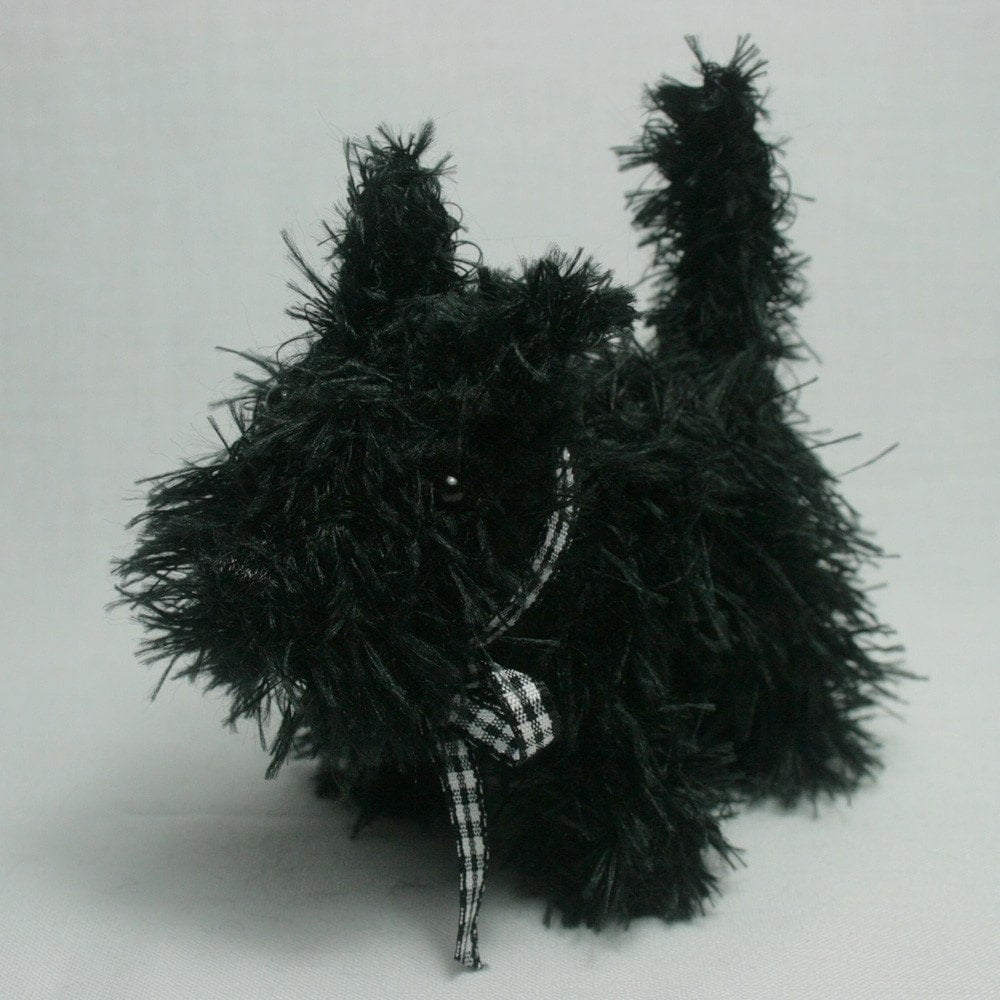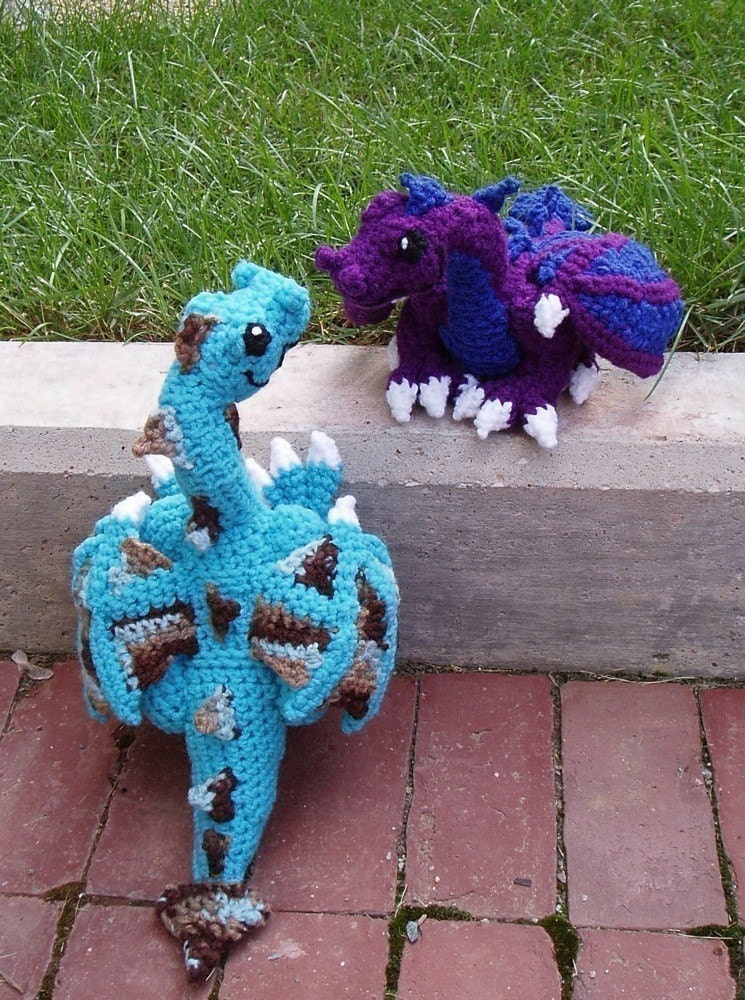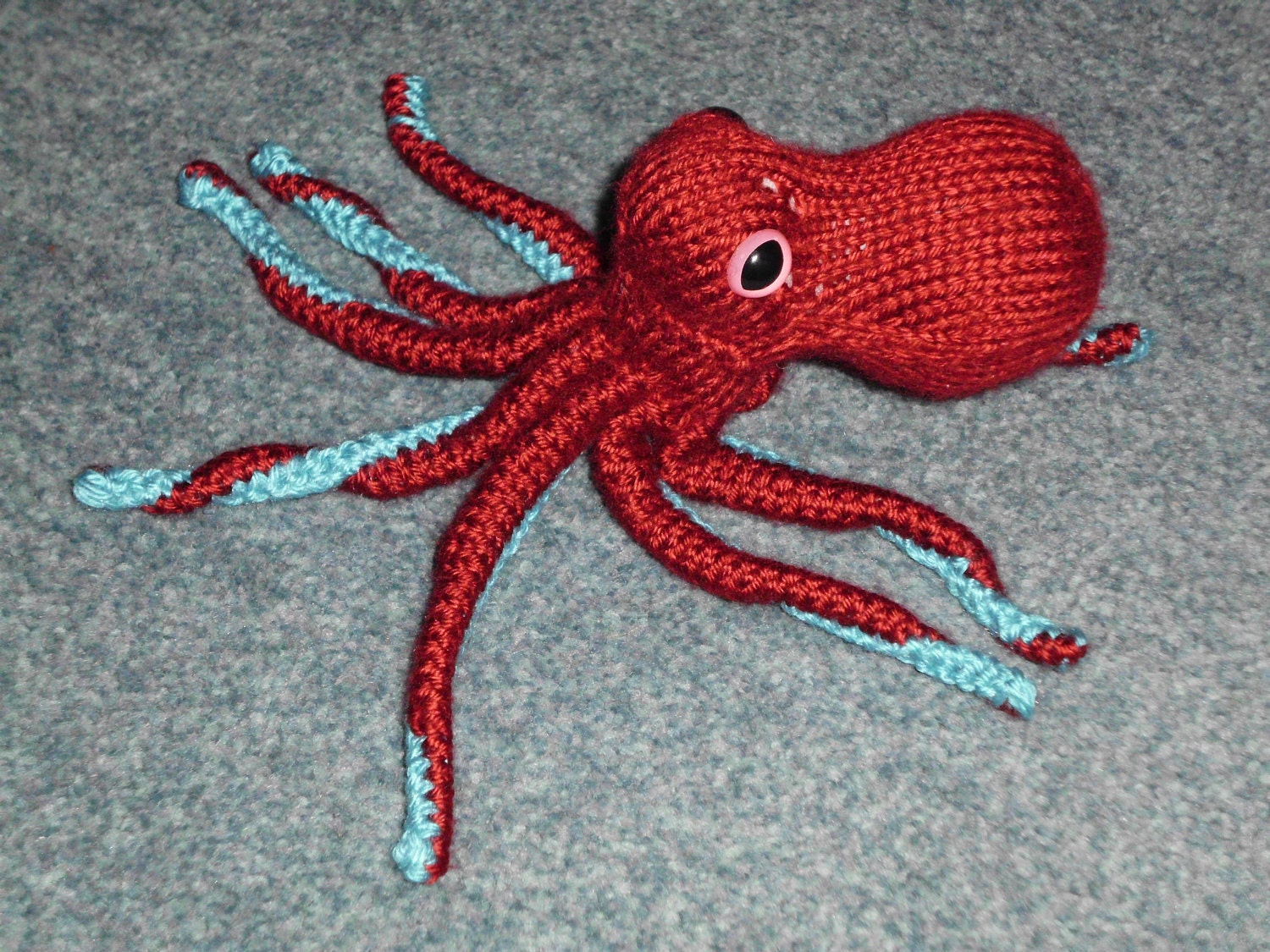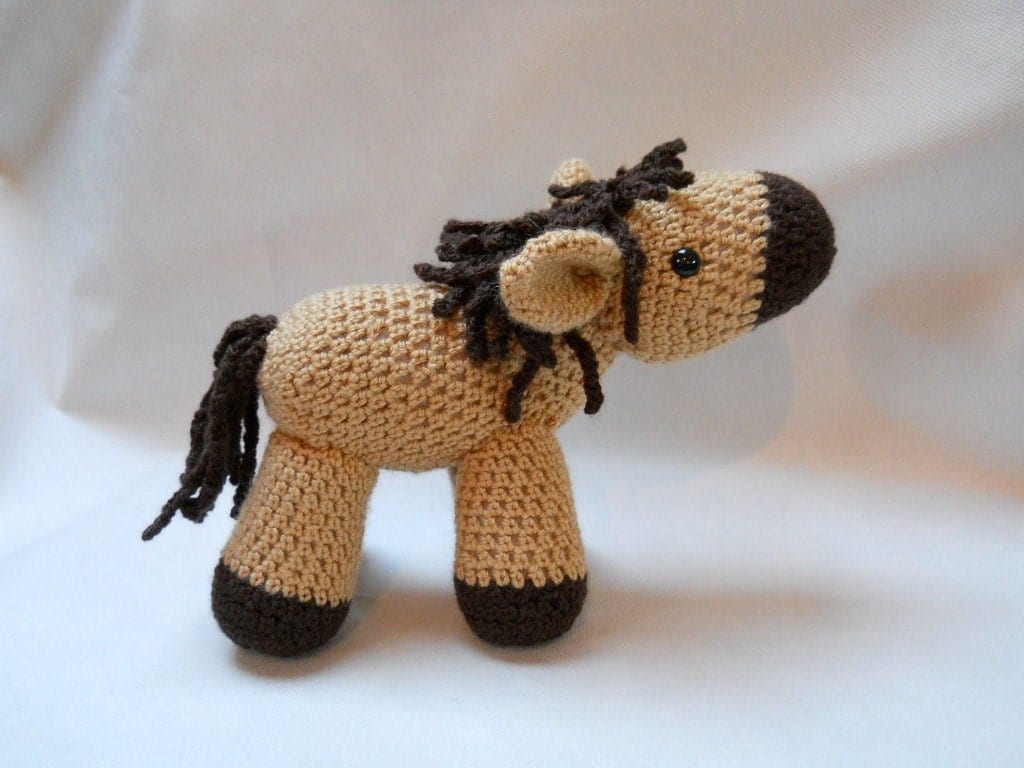One of my first rings: Simple Wire Spiral
I've been exploring wire-wrapping more and more recently. Most of my attempts have been simple and probably amateurish, but also fun, good practice, and great learning experiences! One of the simplest designs is a wire ring - once you get the hang of the pattern, you can make cute, fun, and/or elegant rings quickly, easily, and with startling variety just by choosing different focal beads!
Another early ring design - still simple, but added a flat square bead!
If you are just starting out with wire wrapping techniques, I'd suggest learning to wrap beads before undrilled stones/rocks or cabochons. It's easier for beginners to make wearable and durable projects with beads because the wire will go through the bead, whereas stones and cabochons require tight fitting wire and usually a gentler touch with tools to place the wire setting without damaging the stone. Cabochons are beautiful - but more complex to wrap. Stones can be "messy" wrapped pretty easily, but the technique is not as versatile as the ring tutorials I'm showing off today!
I started with this tutorial from the
Instructables website:
I found the directions and photos easy to understand and follow. I chose to wrap the ends of my wire around the ring shank, however, instead of just tucking them under the spiral. I think this makes the ring sturdier and less likely to get caught on something and pulled apart while wearing it - but maybe I'm just too paranoid!
The next type of ring I made was one with a bead. My first attempts were pretty...um...ungainly! I'm not sure the exact tutorial I followed, but this one by
Lytha Studios is awesome:
You can see the variation in the look of the ring just by varying the type of metal used or the focal bead, too. Pearls, crystals, glass, round, square, faceted, etc. - they all look good and can really change the feel of the ring from classy to earthy! In this tutorial, you wrap the wire around the base of the bead several times.
A natural stone focal - Aqua Terra Jasper & Copper
I have varied the look at times by crossing one of the wires over the top of the bead instead:
Square Sodalite Focal with Copper Wire Accent
For an extra dressy look, try this technique - add some bead caps!
Alternative Example by Lytha Studios
There are many tutorials and different types of wire-wrapped rings out there - in books and magazines, on internet blogs and websites, or even at your local bead shop. These tutorials are just the basics - consider playing with the design and technique to make a ring that is truly unique and you! You can add more beads, vary the wrap technique, mix metal colors, or even add more curlicues to the design.
3-Bead Focal Ring
Additional tips that I found useful:
- Start with soft, cheap wire - you really want your 1st ring to turn out and be immediately wearable and show it off - I know! I did too, but the reality is that practice makes, well, more perfect. Plan on re-wrapping your first rings a couple times and throwing away used wire (or recycle it!). Re-using wire is possible, but kinks remain in the wire that give a rough and shoddy appearance to the finished piece. Wire also hardens with each use, so breakage is more likely if you re-use it.
- aluminum wire is the softest there is - it makes practicing easy. I used aluminum wire 1st and still make tester pieces from it before moving on to more expensive and stiffer wire.
- copper wire is the next easiest for practice. It's still relatively cheap compared to the precious metals and it comes in "soft", "half hard", and "hard" designations. Just know that soft is easy to bend and form, while hard is difficult to manipulate! Each type has it's uses in wire-wrapping techniques, however.
- Other benefits of using copper wire:
- Copper hardens with use and over time (unlike aluminum) and makes a fairly stable ring. You can also texture or flatten it with hammer and anvil or other shaping/dapping/stamping tools.
- Copper wire comes in many colors and sizes - look for non-tarnish varieties, enameled (colored) variations, or even silver & gold plated types! Artistic Wire, Beadalon, and Parawire all make copper wire that is perfect for wire-wrapping.
- People with metal allergies and sensitive skin can generally wear solid copper, enameled copper, or plated copper jewelry because there is no nickel. Most metal allergies are due to a high nickel content in craft wire and some jewelry findings, not to all metals. Fine silver and 14K gold (or higher) is generally safe as well.

Rondelle Focal Bead w/Wire Spiral Technique
- Practice Practice Practice! I think this is pretty self explanatory - the more you play with wire, the better you understand how to manipulate it. Try these tutorials, but also others or your own designs. Don't be afraid to try something new - the worst that happens is that you take it apart and try again! I've done this so many times, myself, but I always learn a little something, too!
- Start simple - I love jumping into difficult projects, and I learn a lot in the process of figuring the pattern out, but I would have also saved myself a lot of frustration and heartache and wire if I'd started simple and moved up more slowly to the difficult things! Knowing and understanding basic techniques really helps improve your intermediate and advanced designs - both in execution and in polish!
Adjustable Ring Design w/Beads
- Use the proper tools - I know most people don't want to jump in spending over $100 on tools for a project, and neither do I! You don't need the top of the line pliers to get started in wire-wrapping, but you do need some basics. Even cheap jewelry pliers from your local craft store will work just fine for months before you might need (or want) to purchase nicer tools! A kit is usually available with the basics for under $30. And once you do purchase nicer tools, keep in mind that they will last a lifetime if they aren't abused - I've had mine for over 10 years and they still work great!
- Do Not buy pliers from a hardware store and expect them to work for jewelry. Many hardware pliers have teeth on the jaws and these will mar your wire very fast!
- Cheap alternatives to nylon jawed pliers for wire-wrapping include using masking tape on the jaws or dipping them in a rubber tool coating such as Tool Magic. Benefits include flexibility as tape and coatings can be removed or reapplied as necessary, while nylon pliers are always nylon pliers.
- The Basics - round nose pliers, rosary pliers (also called chain-nose pliers), flat nose pliers, and flush cutters (to cut flush wire ends - these are different from hardware store wire cutters!). Extras that are handy, especially for ring projects, include a ring mandrel, ring sizer, and bent nose pliers. Any round object in the approximate size you want the ring will work, however - when in a pinch check over the tools you (or your neighbor, father, etc.) have. I found that a ratchet & socket set worked very well!

Socket & Ratchet Set - works in a pinch as a ring size guide!
Most importantly - HAVE FUN! If you are getting frustrated, take a break, come back later, and try again. Enjoy playing with the wire and picking out specialty beads for your amazing ring projects! Oh - and dream of the day when your rings take off to new heights - such as these fabulous designs by artists on DeviantArt:
Happy Creating!
PZ





























 Craft Passion: Zip Itself Coin Purse Tutorial
Craft Passion: Zip Itself Coin Purse Tutorial




